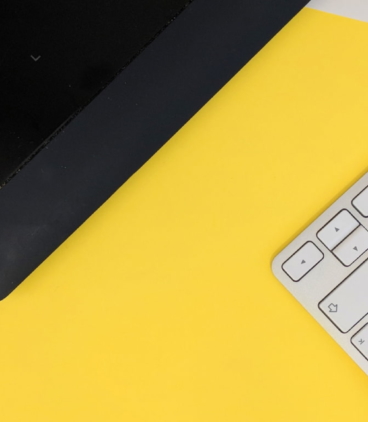Digital Product Design Workflow
In this chapter of our Digital Design Doctrine series, we shine a spotlight on the maze of creation: the Digital Product Design Workflow. We’ll follow the labyrinthine journey from inception to completion, delving into the intricate mechanisms of each stage involved in crafting a stellar digital design interface. Guided predominantly by the project manager or team lead, this workflow provides a blueprint for the systematic orchestration of the digital design process.
The nature of a workflow is cyclical rather than linear, often demanding revisiting of previous steps and iterations, along with the incorporation of new requirements based on feedback from users or the Quality Assurance (QA) team. Hence, it is vital to remember that altering one step may ripple through the process, causing significant alterations to the overall workflow. This fluidity, though sometimes challenging, does not indicate failure; instead, it manifests the adaptability essential in digital design.
- General Workflow
- Interview
- Initial Feedback
- Preliminary Itemized Estimate
- Research and Development
- Prototyping
- Design Referencing
- Prototype Testing
- Prototype Performance Analysis
- Concept Production
- Review and Confirmation
- Internal Page Construction
- Quality Assurance
- Submitting Design for Development
- Abbreviated Workflow Suggestion
General Workflow
Interview
The workflow initiation stage, also known as the discovery phase, is crucial for identifying the project’s key parameters, including timelines, goals, existing resources, and requirements. During this stage, designers start to visualize the project by generating a list of relevant discovery questions while considering the clients’ requirements and feedback. For example, queries during the discovery interview might relate to the purpose of the logo, target demographics, company’s background, and the expected formats.
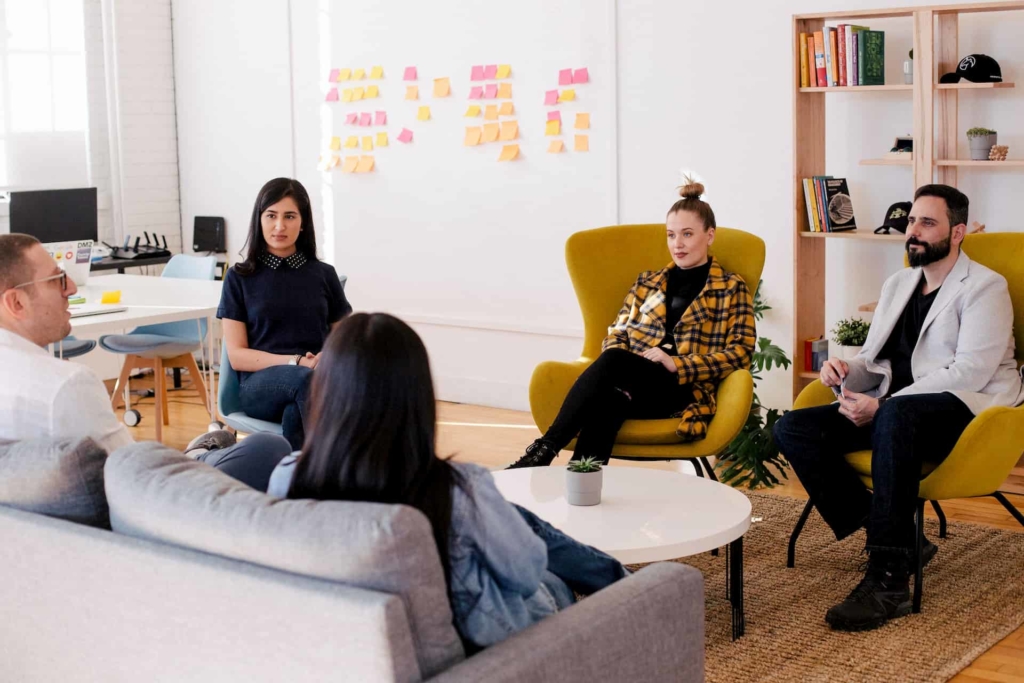
Initial Feedback
Armed with information from the interview stage, the design team probes deeper, clarifying uncertainties, and validating specific details. It’s a symbiotic process, where both the client and the design team strive for a shared understanding.
Preliminary Itemized Estimate
After successful completion of the discovery phase, a preliminary estimate is prepared, breaking down the costs associated with each element of the interface design process.
Research and Development
This stage involves thorough research about the client, their industry, and their target demographic. This information guides the development of a compelling interface design and informs a summary report, useful for all team members, and sometimes even shared with the client.
Prototyping
Next, a prototype of the interface is developed, based on the research findings. Simultaneously, the team generates an itemized technical estimate and usability description to outline the design’s final scope.
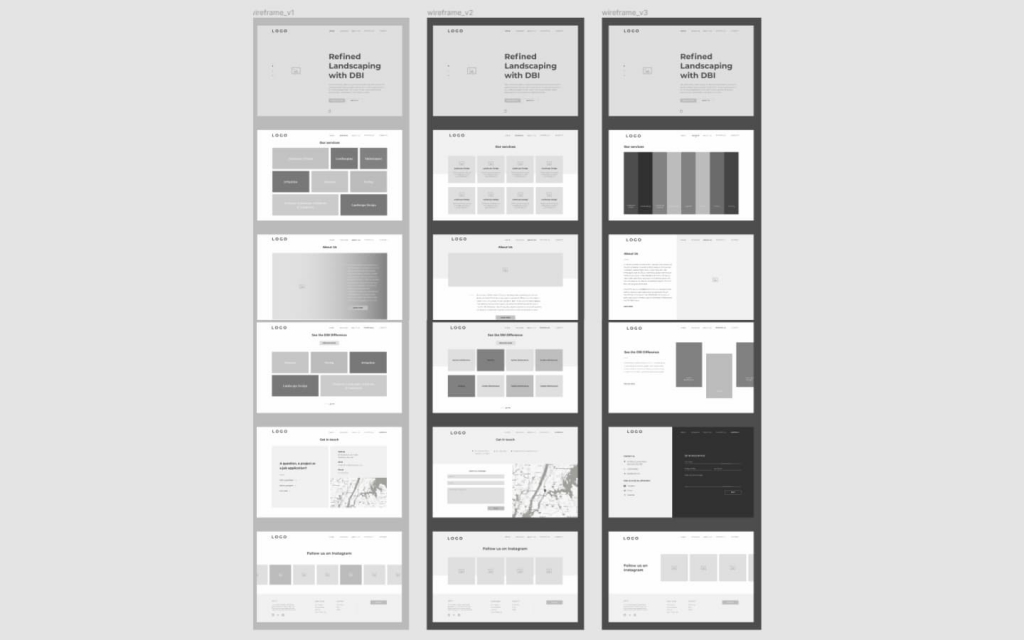
Design Referencing
This stage involves showing clients alternative designs to gauge their preferences and tastes more accurately. The insights gleaned from this exercise aid in refining the prototype further.
Prototype Testing
After adjusting the prototype based on client feedback, the prototype is put to the test. The QA team tests the prototype and provides recommendations for improvement. However, for less complex designs, this step may be skipped.
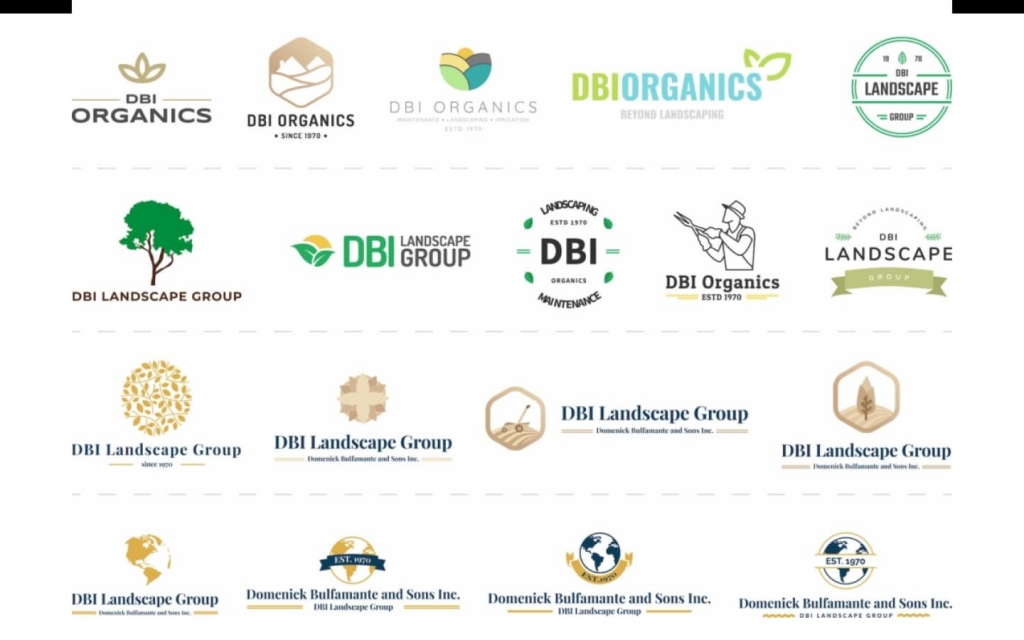
Prototype Performance Analysis
This stage involves a meticulous review of the confirmed prototype against the original estimates. It’s a checkpoint to ensure the project aligns with the agreed-upon terms and has not resulted in the over-investment of time or resources.

Concept Production
Feedback and insights from the client, the design references, and the prototype features are synthesized to finalize the design concept for production.
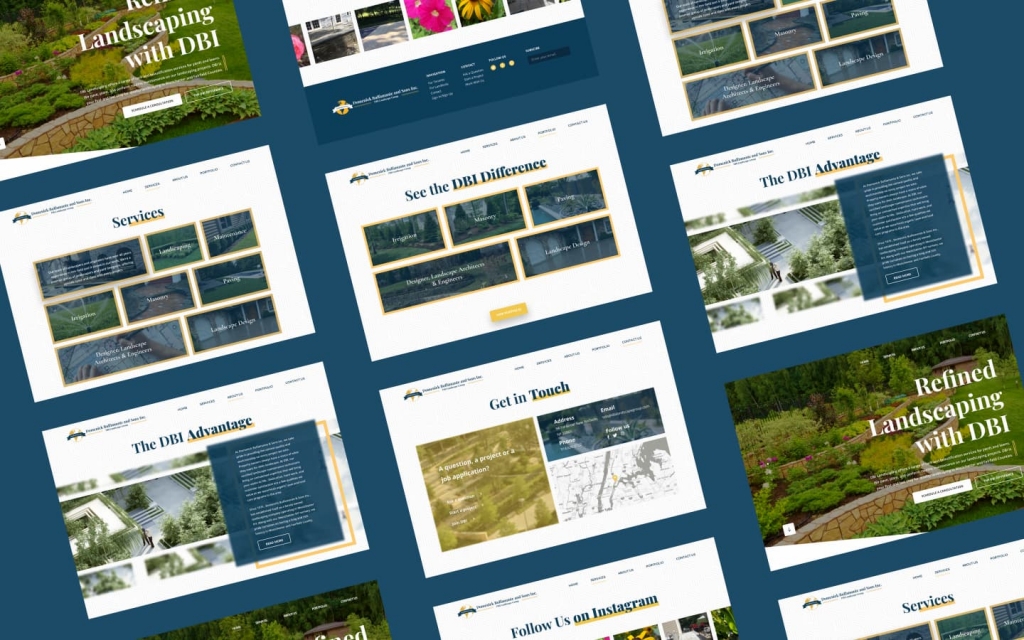
Review and Confirmation
At this all-hands-on-deck stage, every team member reviews their part of the project, making any necessary tweaks or revisions.
Internal Page Construction
Following confirmation, the actual mock-up is created in line with the approved design concept.
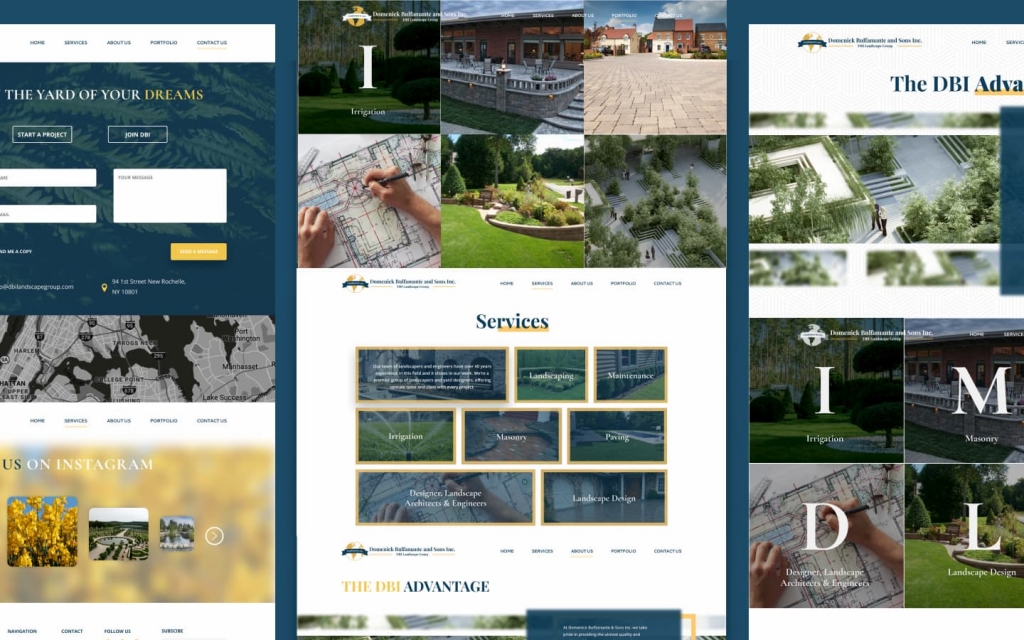
Quality Assurance
After the construction of the mock-up, the design undergoes rigorous quality checks by the QA team. This process ensures the design meets the agreed specifications and standards, and functions as expected. It also checks for potential issues or errors that need rectification.
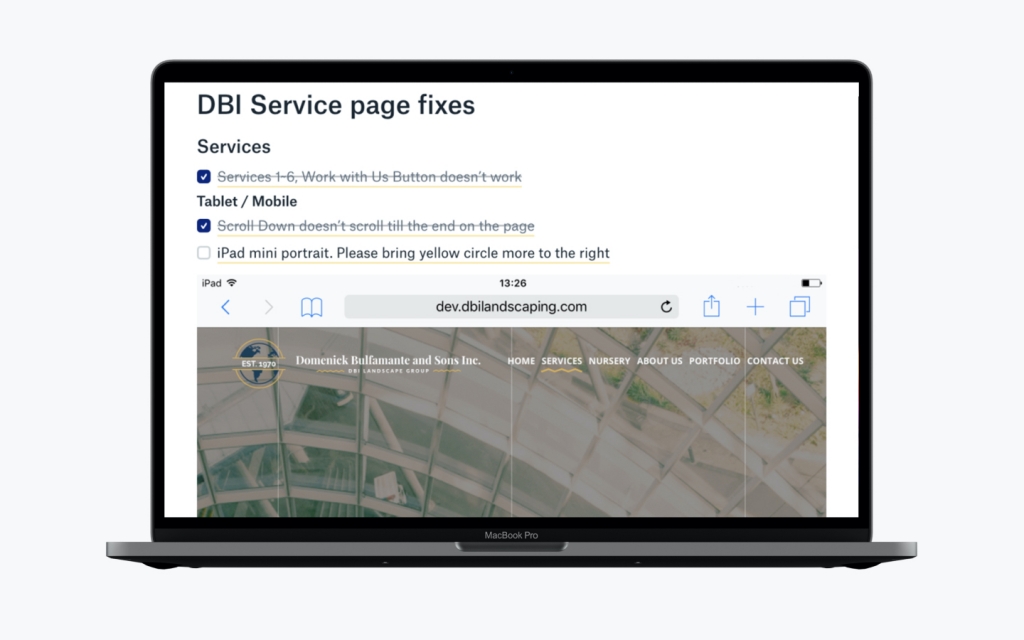
Submitting Design for Development
Once the quality checks are completed and any necessary changes have been made, the design is ready for submission to the development team. At this point, the design team should provide comprehensive documentation to aid the developers in their task, including final design assets, interaction guidelines, color palettes, typography details, and so on.
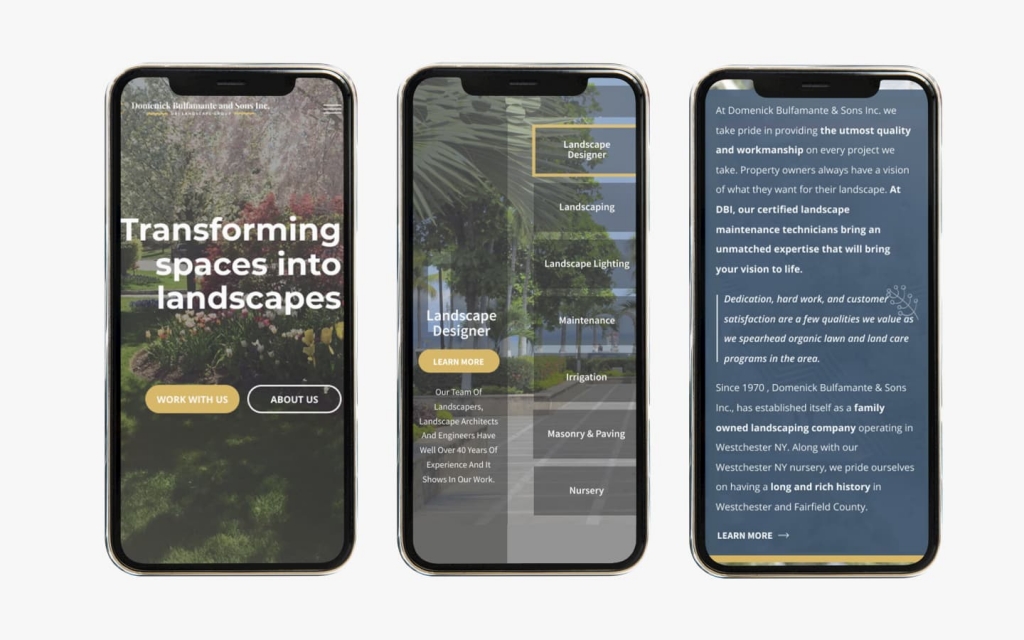
Abbreviated Workflow Suggestion
The workflow you choose to follow should align with your project’s scope, complexity, and resources. The key is to maintain a flexible approach, adjusting as necessary, to ensure the highest quality product possible. Always remember, it’s not about following the process rigidly, but about delivering a design that meets and exceeds the client’s needs and expectations.
- Interview
Although this is a crucial part of the workflow, a shortened version is performed when time is limited. Instead of skipping it, we engage in a streamlined process involving individual critical thinking, followed by a meeting between our management, marketing team, and the client’s decision-maker.

- Preliminary Estimate
Upon conclusion of the interview session, we provide an itemized estimate. However, we are aware that elements might change as the project unfolds.
- Prototyping
Following the preliminary estimate’s confirmation, we transition directly to the prototyping phase. In a compressed timeline, we rely more on instinct rather than extensive research and development. Concurrently, we generate a technical timeline and usability description for the interface design.
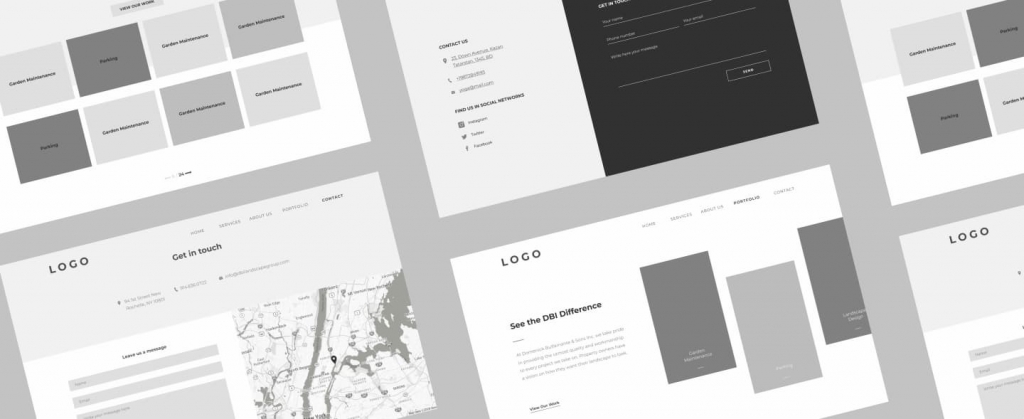
- Design Referencing
This crucial step involves understanding the client’s tastes and preferences. We provide the client with various design samples, including external references and custom-made mock-ups, to align our design with the client’s vision.
- Prototype Performance Analysis
We review the confirmed prototype at this stage and finalize the technical description, incorporating any additional requirements.

- Concept Production
After receiving client feedback and matching it with technical requirements, design references, and prototype features, we finalize the design concept for production.
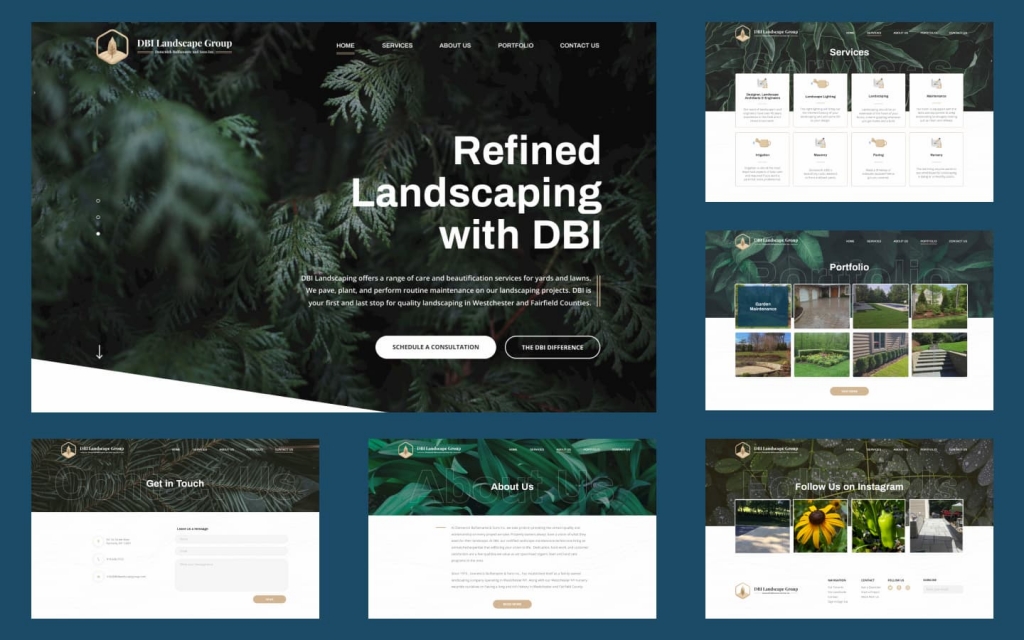
- Review and Confirmation
We conduct a final review from different perspectives, ensuring all final adjustments have been made.
- Mock-up Design
Our developers transform the finalized design concept into a mock-up of the interface.
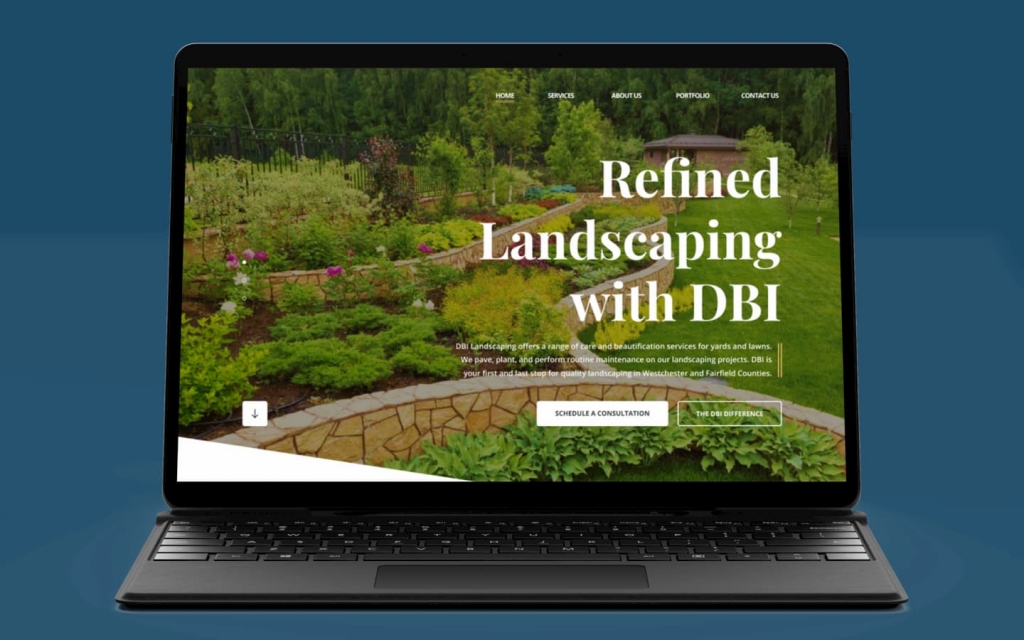
- Quality Assurance
Senior team members meticulously review, test, and scrutinize the interface, ensuring its perfection before delivery to the client.

- Mock-ups Submitted to Development
Once the client approves, we prepare the final specifications and pass them onto the programming team for implementation.

In the end, navigating the maze of digital product design doesn’t have to be daunting. A carefully designed workflow serves as your map, guiding you through each stage of the process. It ensures that every detail is addressed, making the journey of digital product design smoother, more efficient, and enjoyable.
